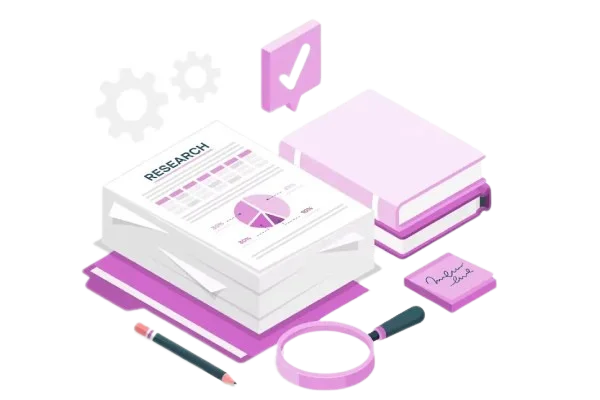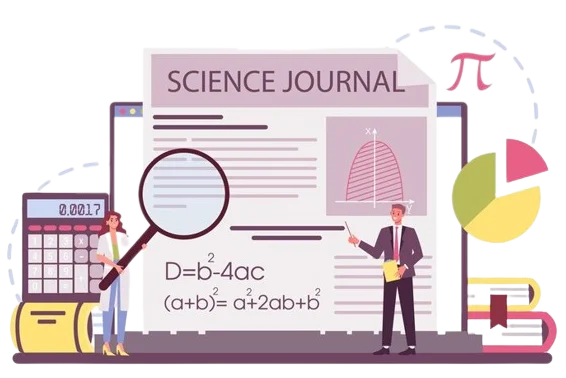Identify Q journal category(Q1/Q2/Q3/Q4) of research papers based on Journal impact factor with GoToppr research agency

In the field of educational or doctoral research, quartile-Q is one of the most important metrics. It assesses the quality of a scientific publication using citation metrics from the journal's own website or databases like Web of Science or Scopus. Some researchers and scholars also establish their own journal rankings, which can aid in determining a publication's quality. The indicator demonstrates the impact of database publishing and the amount of demand in the related indexing category. Quartile indicators are produced in the immense databases depending on the journal's quality and the quantity of citations. The ranking is changed once a year, following the corrections of the metrics. For each research area, the indicator is calculated. The ranking of the quartile is carried out by establishing four categories which are Q1, Q2, Q3, and Q4. The most authoritative databases, such as Scopus and Web of Science, use this technique. However, the most recent information is still available in bibliographic databases.



